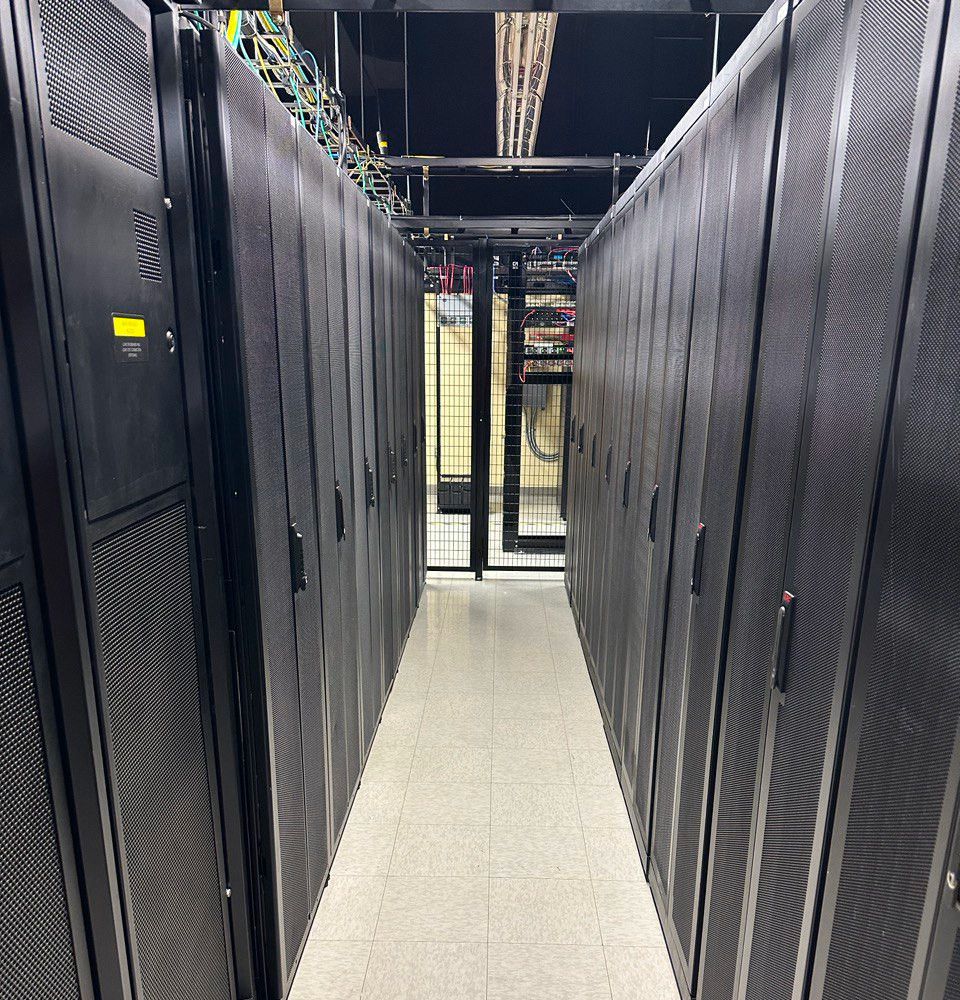VDS vs Bare Metal Dedicated Servers: What's the difference?

A virtual dedicated server and a regular dedicated server are different in several ways, each offering its own pros and cons. With a virtual dedicated server, or VDS, you get your own operating system running on a physical host computer (hypervisor) that can be administered remotely and efficiently. It's similar to a VPS, except you don't share any hardware resources with anyone else (unlike a VPS). Also different from a VPS and just like a bare metal dedicated server, it is a single tenant machine: you will have your own dedicated CPU, memory, and storage just as if you had a bare metal or traditional dedicated server. This makes it easy to set up and scale up as your needs grow and allows seamless transitions if you wanted to migrate your system to a bigger, more powerful host. The biggest difference between a VDS and a standard bare metal dedicated server is that a VDS has a host operating system that then virtualizes the entire machine for you to use while bare metal is administered directly without any virtualization layer. Think of a VDS as a sort of hybrid of a VPS and a bare metal dedicated server.
Pros of a VDS:
- Extremely easy and fast to deploy and redploy OSes (windows, linux, etc). We routinely see complete OS installs done in under 30 seconds with a VDS
- Very easy to scale and migrate since it is a virtualized instance like a VPS
- Full root control and management just like bare metal
- Ability to create high-availability servers due to being virtualized
- More resilient due to being virtualized, avoids many of the common annoyances and bugs (as well as overall clunky experience) of dealing with bare metal and pxe installers
Cons:
- The host hypervisor will require some amount (~3-5%) of your allocated physical resources. For example, a VDS with 64GB RAM physically installed would only have ~62GB of RAM available when deployed as a VDS because the host hypervisor requires a tiny bit of the resources available to properly run
- Occasionally you run into strange bugs with operating systems that do not like to be virtualized. This almost exclusively applies to Windows or Windows Server
- Passing through certain PCIe devices (mainly: GPUs) is still clunky and less than ideal
On the other hand, a standard dedicated server removes the virtualization layer and gives you direct access to the underlying hardware. This is why they are also often referred to as “bare metal” servers since they come with operating systems installed directly on the hardware itself with no virtualization layer in between. This provides full access to the underlying hardware for maximum control over configuration and installation options and avoids the ~3-5% resource penalty.
Pros:
- Highest performance available due to no virtualization layer. Caveat: this can vary host-to-host as generally an experienced operator will optimize their hardware better and can actually result in a faster VDS compared to an unoptimized bare metal deployment. Overall the speed difference should be virtually unnoticeable if both are setup properly
- Maximum control over hardware configuration and direct access to add-on cards, disks, and other components
Cons:
- Higher cost with almost all providers due to bare metal requiring more manual labor to deploy and support
- Significantly more prone to bugs and configuration issues, especially when deploying or re-deploying your OS
- Due to not being virtualized, tasks like rebooting or reinstalling your OS take significantly longer and are prone to error
Ultimately what's most important is making sure that you select a solution that fully meets your unique requirements now as well as into the future as those needs may change. We find ourselves leaning more and more towards VDS deployments for our customers as the entire experience is generally easier, faster, and significantly more flexible. We've also seen a significant reduction in support tickets due to random bugs (mostly with power cycling and PXE-related issues) with virtual dedicated servers.

